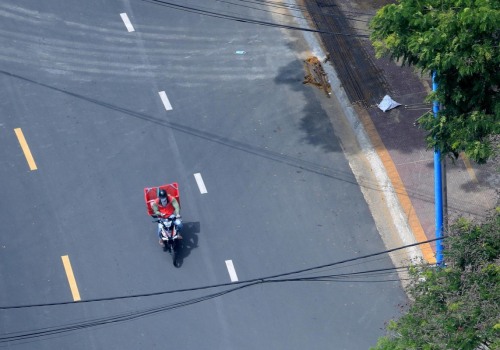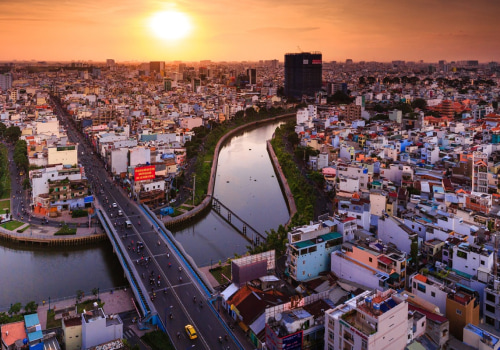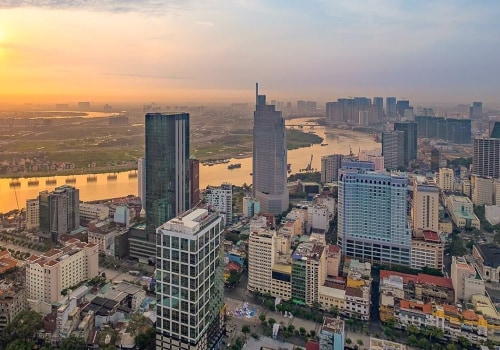Saigon is a relatively safe destination for travelers. Violent crimes against foreigners are rare. However, there are some dangers worth noting and these problems seem to be getting worse.
Ho Chi Minh City
is actually quite safe.In addition to some scams and petty thefts, there is not much for a traveler to worry about if he travels wisely. That doesn't mean you shouldn't be aware of common safety tips that you wouldn't know if you weren't a local traveler or even a frequent world traveler. I'll give you the best tips on how to be alert and avoid common scams, pickpockets and robberies. I will also inform you on how to stay safe when you walk and also when you eat local food.
The government has done a good job in recent years by keeping the sidewalks in District 1 and 3 clear to allow a better walking experience for commuters. If you are thinking of walking around the city center, we recommend that you wear comfortable sneakers, as part of the pavement is still under construction and is a little uneven. Vietnam is a safe country, but like all cities, ho chi minh has minor crimes. Expats should be attentive to their belongings and aware of those around them.
While Saigon's cafes are always busy serving the city's new rich, for most, life is still a routine of long hours and low wages. I can talk on the phone in the city, take pictures on the street with my iPhone or iPad, all without thinking that someone is going to steal from me. Stories of nighttime violence in the backpacker area of Pham Ngu Lao and Bui Vien are common, although probably no more so than in other international cities. After you recover from the initial shock, it's easy to get carried away by Saigon's contagious positive energy.
Ho Chi Minh City, still known to locals as Saigon, is the largest city in Vietnam and its economic nerve center. The city has many benefits, but it also has drawbacks and expats need to realistically prepare to make the most of their time in Vietnam. You may have to wait, as good companies are in high demand and those in the know avoid dubious operators.
Ho Chi
Minh City is like any other big city in the world, you will always want to be aware of its surroundings and be aware of common risks that can be dangerous not only for residents but also for travelers.Even before dawn, public parks will already be full of life with runners, fitness keepers, tai chi classes and badminton or da cau (foot badminton) games played by the light of a lamp. The War Remnants Museum, the former Presidential Palace and the Cu Chi Tunnels are mandatory stops on any itinerary. The photograph shows a stream of evacuees piling on a fragile staircase from a crowded roof, each of whom struggles to climb onto one of the last attractions to leave the ruined country. Unless you work in the modern office block of Vincom Centre B across the street, the best view is from the nearby intersection of Dong Khoi and Le Thanh Ton Streets.
The way Vietnamese people request to avoid losing property is to avoid using their purse or phone while standing on the street, where there are bags with a chest strap and to stay aware of their surroundings. Cho Tan Dinh, located on Nguyen Huu Cau Street 1 in District 1, is a quick and easy trip (or a long walk) from the city center, and has easier prices. The process of arriving immigrants at Ho Chi Minh City airport has gone from being one of the worst to one of the best. French colonials, Japanese invaders, the rabid anti-communist Ngo Dinh Diem and his corrupt US-sponsored successors, all had their time here before Ho Chi Minh's forces took control in 1975 and changed the name of the city in their honor.
.




